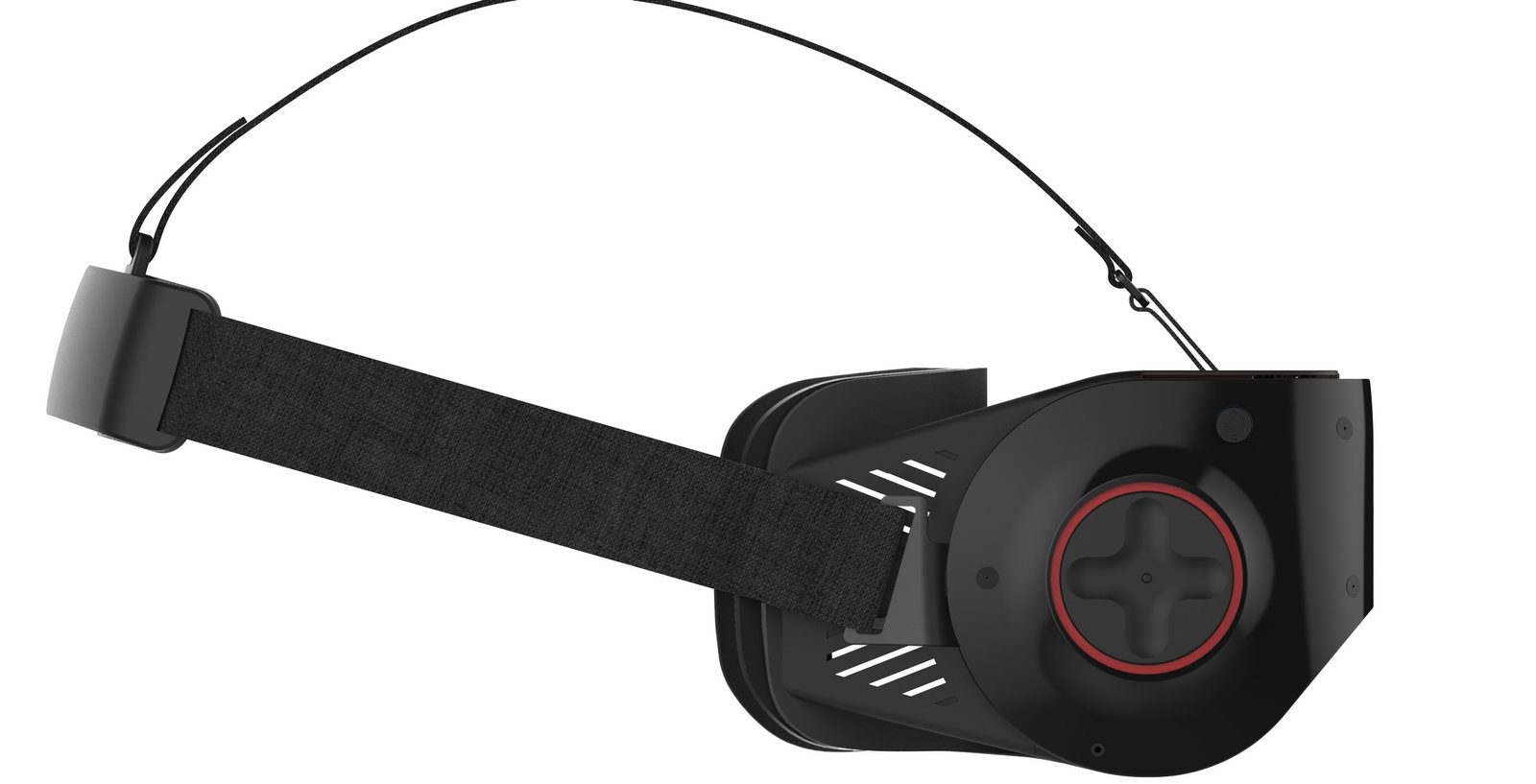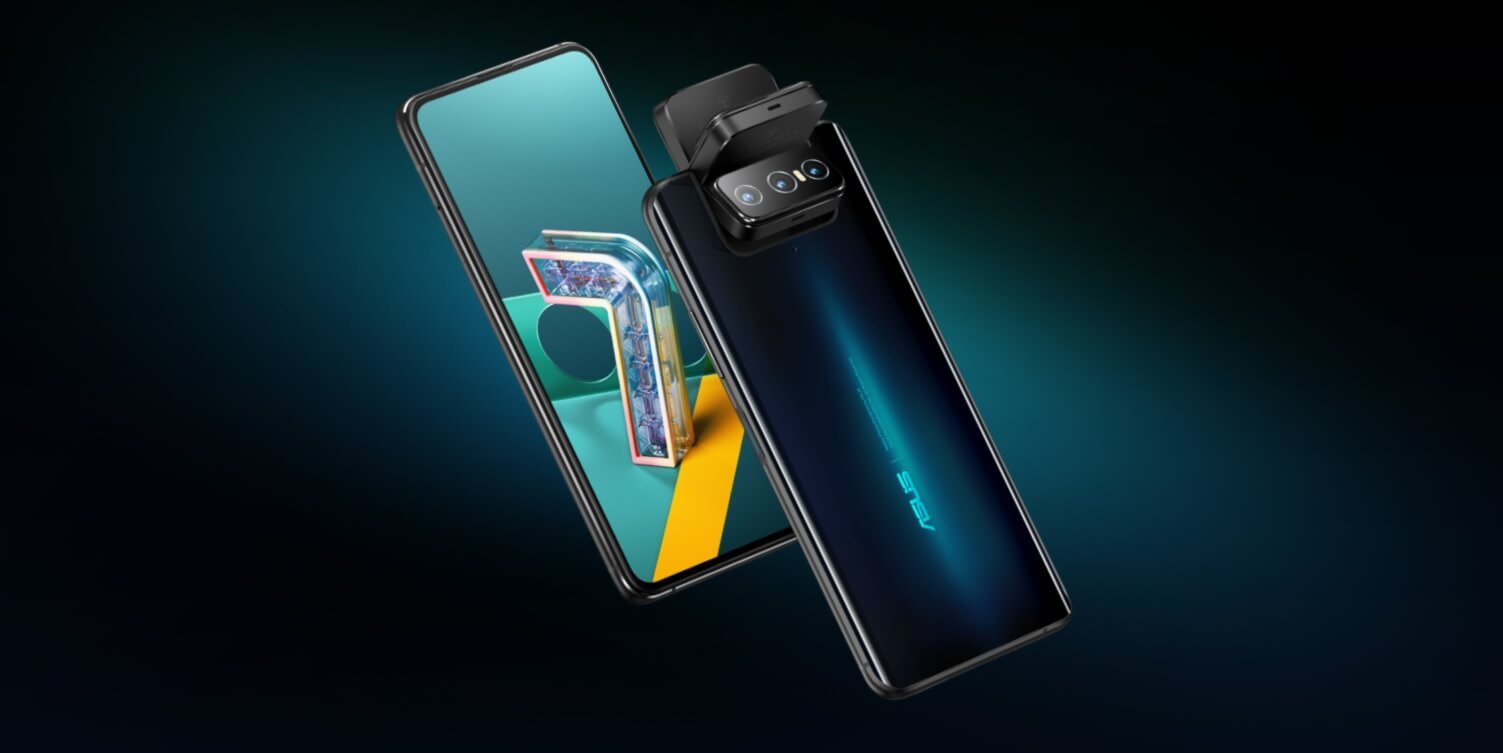Qualcomm Technologies has unveiled a new virtual reality (VR) reference platform based on the powerful Qualcomm Snapdragon 845 Mobile Platform. “We continue to deliver new advancements in technologies for our customers to utilize as they aim to capitalize on the growing standalone and smartphone VR industry,” said Hugo Swart, Head of Virtual and Augmented Reality Business Group, Qualcomm Technologies, Inc. “With the Snapdragon 845 Mobile VR Platform, we’re supporting the next wave of smartphone and standalone VR headsets for our customers and developers to create the immersive applications and experiences of the future.”
Debuting at the Snapdragon Tech Summit in December, the Snapdragon 845 Mobile Platform features a variety of new architectures and subsystems engineered to deliver one-of-a-kind experiences that blur the lines between the physical and virtual worlds. It will build on the success of the Snapdragon 835 Mobile VR Platform that powered award-winning VR devices at the 2018 Consumer Electronics Show. The continued relationship with GoerTek also allows for global manufacturers to quickly build commercial designs based on the Snapdragon 845 Mobile VR Platform.
“Daydream works well on the Snapdragon 845. Using Qualcomm Hexagon DSP, we’re able to achieve significant power improvements and optimizations we aren’t able to reach on other platforms,” said Amit Singh, Vice President, Business and Operations, Google VR and AR. “With Snapdragon 845, we believe we can achieve a high-quality VR experience with low latency, high frame rates and smooth head tracking performance for our users.”
The Snapdragon 845 Mobile Platform uses the latest Qualcomm Adreno 630 visual processing subsystem which offers outstanding integrated graphics, video and display processing technologies. This translates to 30 percent faster graphics performance, 30 percent better power efficiency, and more than twice as much display throughput compared to the Snapdragon 835 Mobile Platform. Another new XR technology innovation is Adreno Foveation, which combines graphics rendering with eye tracking to understand where the user is looking. It is engineered to direct the highest graphics resources to where the user is physically looking, providing the sharpest visuals possible.
“HTC has consistently delivered VR experiences with the highest quality possible catering to the industry’s most discerning users,” said Alvin Wang Graylin, President HTC Vive, China. “By collaborating with Qualcomm and leveraging our internal hardware and software innovations, HTC has been able to deliver an uncompromising VR experience with the Vive Focus premium standalone VR headset.”
Together, 6DoF and SLAM deliver Roomscale — the ability to track the body and location within a room so you can freely walk around your XR environment without cables or separate room sensors – the first on a mobile standalone device. Much of this is processed on the new dedicated Qualcomm Hexagon Digital Signal Processor (DSP) and Adreno Graphics Processing Unit within the Snapdragon 845. Qualcomm Technologies’ reference designs have supported some of the first wave of standalone VR devices from VR ecosystem leaders like Google Daydream, Oculus and Vive.
“The Snapdragon Mobile VR Platform lends itself to highest possible level of performance to meet the high computing demands of the standalone VR product category,” said Ash Jhaveri, Vice President of Business Development for Oculus and Facebook. “Qualcomm’s technology, coupled with Oculus’ expertise opens up lots of possibilities to bring people the best standalone VR.”
‘Xtended Reality’ (XR) is the umbrella term that encompasses VR and AR, and in this emerging industry, Qualcomm Technologies has supported customers in the launch more than 20 XR devices across standalone head-mounted displays and XR-capable smartphones.








